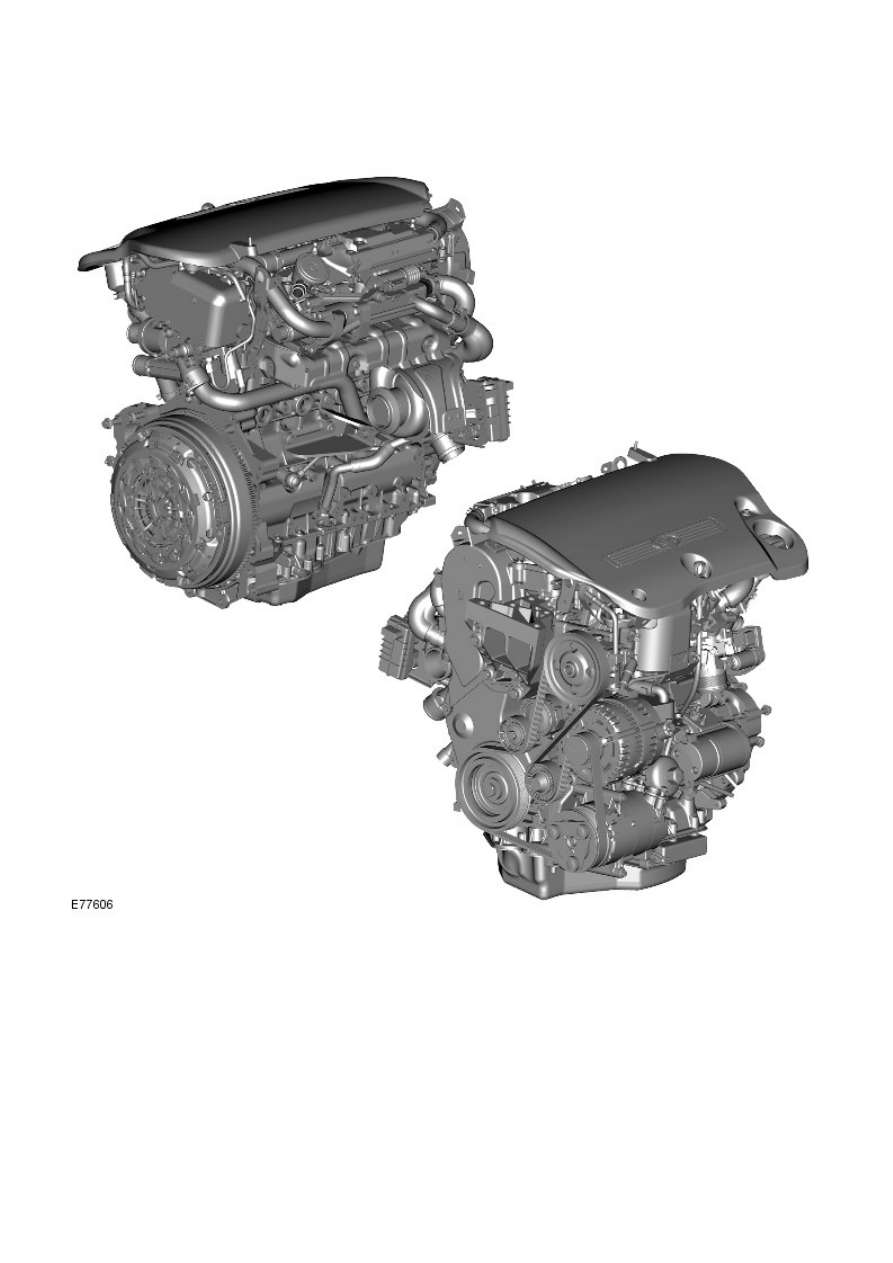Frelander 2. Manual - part 189

Engine - TD4 2.2L Diesel - Engine
Description and Operation
EXTERNAL VIEW
OVERVIEW
• NOTE: Freelander 2 features a new TD4 diesel engine. This TD4 diesel engine is not previously used by Land Rover, and
must not be mistaken for the Td4 diesel engine used with the previous Freelander model.
The new TD4 diesel engine may also be referred to, and appear in text as the 2.2L Duratorq-TDCi (DW ) engine.
The TD4 diesel engine is a 2.2 liter in-line 4 cylinder assembly, comprising a Double Overhead Camshaft (DOHC)
arrangement that operates 4 valves per cylinder. The valves are operated by roller-type finger rockers and hydraulic lash
adjusters. Air and diesel fuel are delivered to the cylinders with an electronic controlled Variable Geometry Turbine (VGT)
turbocharger, and Bosch Generation 3 common rail fuel system.
Engine operation is monitored, and optimum performance is achieved with an electronic engine management system and
Bosch Engine Control Module (ECM).
The engine is a compact unit that occupies minimal space, and is designed to reduce produced levels of Noise, Vibration
and Harshness (NVH). The reduced engine size allows the vehicle to achieve high levels of pedestrian protection, and meet
the standards for high-speed crash performance.
Engine construction is formed with a precision machined, cast-aluminum alloy cylinder head and a laminated metal gasket,